The hospitality industry has undergone a quiet revolution in recent years, with service robots emerging as unlikely heroes in the battle for operational efficiency and guest satisfaction. Among the various robotic applications, two functions have risen to prominence: robotic food delivery and automated cleaning systems. These technological marvels are reshaping the guest experience behind the scenes, each carving out distinct territories in the hotel service landscape.
The rise of robotic room service has captured both guest imagination and management attention. These wheeled ambassadors of convenience navigate crowded lobbies with surprising grace, their sleek exteriors hiding sophisticated sensor arrays that prevent collisions with both furniture and guests. The most advanced models can even operate elevators independently, solving what was once a major logistical hurdle. Their primary advantage lies in consistency - unlike human staff who might get delayed by multiple requests, robots deliver meals with clockwork precision, maintaining optimal food temperature throughout the journey.
Hotels report measurable benefits from these culinary automatons. Room service orders have increased at properties employing delivery robots, particularly during late-night hours when human staffing is typically reduced. The novelty factor also plays a significant role, with many guests documenting their encounters with the mechanical waitstaff on social media - effectively providing free marketing for the property. However, limitations persist. Complex orders requiring special setup or last-minute modifications still necessitate human intervention, and some guests report missing the personal touch of traditional room service.
Automated cleaning systems represent the less glamorous but arguably more impactful robotic workforce in hospitality. These machines come in various forms - from robotic vacuum cleaners that methodically traverse guest rooms to window-cleaning drones scaling the exteriors of skyscraper hotels. Their greatest strength lies in relentless efficiency, working extended hours without fatigue and maintaining consistent cleaning standards. Advanced models equipped with UV sterilization capabilities gained particular prominence during the pandemic, offering guests visible proof of enhanced sanitation measures.
The operational advantages of cleaning robots are substantial. Hotels utilizing automated systems report significant reductions in cleaning chemical usage and water consumption, aligning with growing sustainability initiatives. More importantly, these machines handle the physically demanding aspects of housekeeping, potentially reducing workplace injuries among human staff. The data collected by these intelligent cleaners also proves invaluable, allowing management to identify high-traffic areas requiring more frequent attention and optimize staff deployment accordingly.
Comparing effectiveness between these robotic services reveals interesting contrasts. Food delivery robots excel in creating memorable guest experiences and generating social media buzz, while cleaning robots work their magic behind the scenes, their value measured more in operational metrics than guest excitement. The choice between prioritizing one over the other often comes down to a property's specific needs and clientele. Luxury resorts catering to experience-seeking travelers might emphasize the whimsy of robotic butlers, while business hotels focused on efficiency might invest more heavily in automated cleaning solutions.
Implementation challenges differ markedly between the two systems. Food delivery robots require significant infrastructure adjustments - from widened corridors to specialized service elevators - while cleaning robots typically integrate more seamlessly into existing operations. However, maintenance demands tell a different story. The relatively simple mechanics of cleaning robots make them more durable and easier to repair, whereas food delivery units with their sensitive temperature control systems and delicate serving mechanisms often require specialized technicians.
Looking toward the future, both robotic services show promise for further evolution. Food delivery systems are beginning to incorporate AI that can engage in basic conversation with guests, adding a layer of personality to their functionality. Cleaning robots, meanwhile, are developing increasingly sophisticated sensors that can detect microscopic contaminants invisible to the human eye. Some forward-thinking hotels are experimenting with hybrid models where a single robotic platform handles both delivery and light cleaning tasks during off-peak hours.
The ultimate verdict on which service "wins" may miss the larger point. The most successful hotel operators understand that robotic food delivery and automated cleaning serve different but complementary purposes in the modern hospitality ecosystem. As the technology matures, the most impressive results may come from properties that skillfully integrate both systems, using each for its particular strengths while maintaining the irreplaceable human touch where it matters most.

By William Miller/Apr 11, 2025

By Lily Simpson/Apr 11, 2025

By Thomas Roberts/Apr 11, 2025
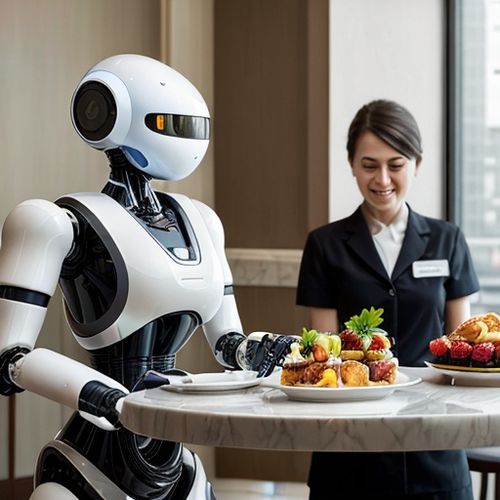
By John Smith/Apr 11, 2025

By Thomas Roberts/Apr 11, 2025
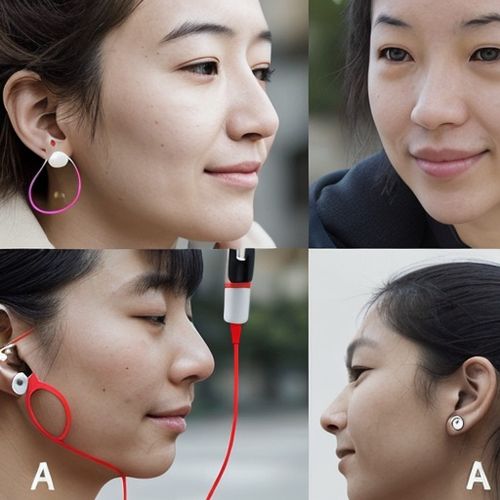
By John Smith/Apr 11, 2025

By Rebecca Stewart/Apr 11, 2025

By Sophia Lewis/Apr 11, 2025
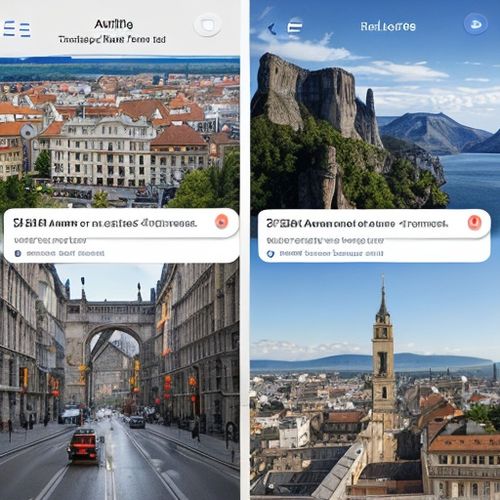
By Sophia Lewis/Apr 11, 2025
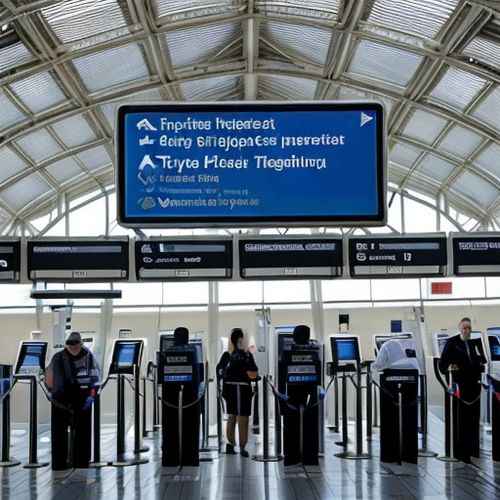
By Lily Simpson/Apr 11, 2025

By Sophia Lewis/Apr 11, 2025

By William Miller/Apr 11, 2025

By Ryan Martin/Apr 11, 2025

By David Anderson/Apr 11, 2025
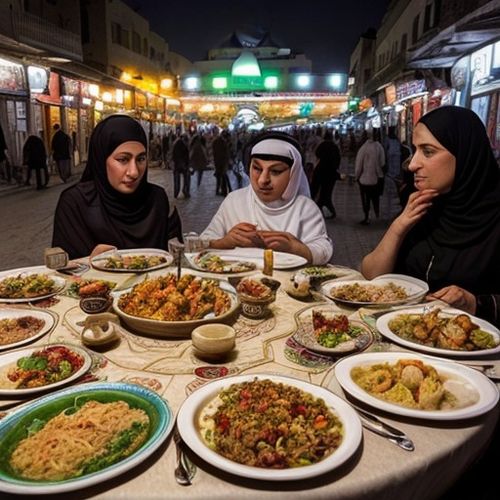
By Ryan Martin/Apr 11, 2025

By Laura Wilson/Apr 11, 2025

By Eric Ward/Apr 11, 2025

By Ryan Martin/Apr 11, 2025